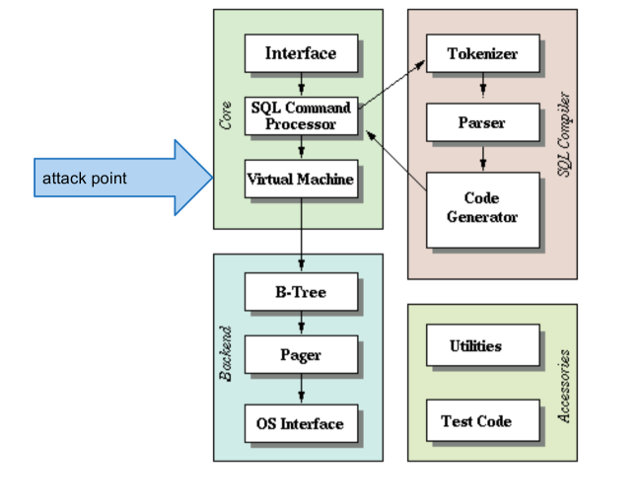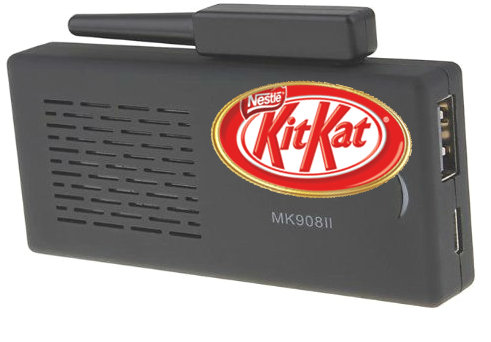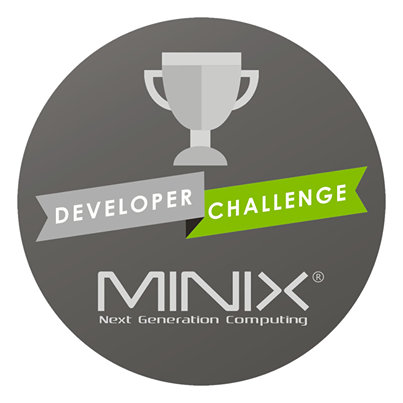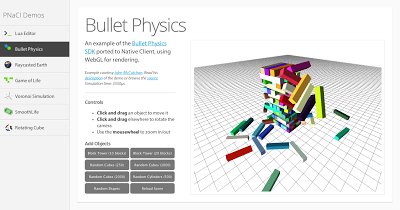Linaro 14.03 has just been released with Linux Kernel 3.14-rc7 (baseline), Linux Kernel 3.10.33 (LSK), and Android 4.4.2. This month, I could not find any major changes or updates, but work has been performed on big.LITTLE, Samsung Arndale / Arndale-octa, HiSilicon K3V2 and D01 boards and Broadcom Capri hardware, as well as ARMv8 models. Here are the highlights of this release: Linaro Stable Kernel (LSK) 3.10.33-2014.03 big.LITTLE support – ARM MP patch set, IKS (ARMv7 only). Interactive scheduler enhancements ARMv8 features – CPU frequency scaling, CPU topology, CPU suspend Power efficient workqueue support Android v3.10 patch set from AOSP GATOR ARMv8 4xA57 4xA53 FVP (Fixed Virtual Platform) and Versatile Express TC2 support Linux Linaro 3.14-rc7-2014.03 GATOR version 5.17 Android topic (linaro-android-3.14-merge) updated to get the recent code from AOSP uprobes v7 (new version) Updated big-LITTLE-pmu topic from ARM LT (Landing team) Updated basic Capri board support from Broadcom LT (bcm590xx […]
OpenCL Accelerated SQL Database with ARM Mali GPU Compute Capabilities
We’ve previously seen GPU compute on ARM could improve performance for mobile, automotive and consumer electronics application. GPU compute offload CPU task that can be parallelized to the GPU using APIs such as OpenCL or RenderScript. Most applications that can leverage GPU compute are related to media processing (video decoding, picture processing, audio decoding, image reconigion, etc…), but one thing I did not suspect could be improve is database access. That’s what Tom Gall, Linaro, has achieved in a side project by using OpenCL to accelerate SQLite database operations by around 4 times for a given benchmark. The hardware used was a Samsung Chromebook with an Exynos 5250 SoC featurig a dual core Cortex A15 processor and an ARM Mali T604 GPU. CPU compute is only possible on ARM Mali T6xx and greater, and won’t work on Mali 400 / 450 GPUs. Other GPU vendors such as Vivante and Imagination […]
Android 4.4.2 KitKat SDK Released for Rockchip RK3188 mini PCs: MK908, MK908 II, MK918 and A9
Shenzhen AW Technology Co Ltd, a company specializing in home entertainment equipment development, manufacturing, and sales, has just informed me they’ve released Android 4.4.2 SDK (Software Development Kit) for four Rockchip RK3188 devices, namely MK908, MK908 II, MK918, and A9. If you’ve never heard about A9, it looks very similar to the upcoming ZERO Devices Z6C. The four SDKs are available in the download page which links to baidu.com as follows: MK908 Android 4.4.2 SDK – password: lvlb MK908 II Android 4.4.2 SDK – password: wpwa MK918 Android 4.4.2 SDK – password: kafo A9 II Android 4.4.2 SDK – password: f1zb Each download section is composed of three files. For MK908, we’ll get: rk3188_4.4.2_without_kernel_20131230.tar.gz (3.85GB) – The Android SDK itself without Linux kernel readme.txt kernel_mk908_20131230.tar.gz – The kernel source code I haven’t completed the download yet, but the readme explains how to use build Android, and flash the SDK: After […]
Design a User Interface for MINIX NEO Devices and Win up to $5,000
MINIX, the company that designs and manufacture Android media player such as the MINIX NEO X7, has just launched the MINIX Developer Challenge, and offers prizes up to $5,000 to the best user interfaces for their Android TV Boxes. In order to participate, you’ll have to design a user interface that works on all the following Android devices: NEO X7, NEO X7mini, NEO X5, NEO X5mini, and NEO G4. The U.I designs will be judged on the following criteria: Ease of Navigation (using only the simple MINIX I.R remote) Functionality / ‘User Friendliness’ Aesthetics / Appearance Degree of Innovation / Creativity There will be three winners with cash prizes. The winner will get $5,000, the second $3,000, and the third $1,000. Here’s the timeline of the competition: December 13th – Competition opens February 9th (11:59pm GMT) – Deadline for submissions February 14th – Five Finalists announced & MINIX Forum voting […]
Google’s Portable Native Client Builds Architecture Independent Executable for Portability, and Better Performance
Native Client (NaCl) allows to build native C and C++, and runs it in the browser for maximum performance. Applications such as photo editing, audio mixing, 3D gaming and CAD modeling are already using it. The problem is that you have to build the code for different architecture such as ARM, MIPS or x86. To provide a portable binary, Google announced the Portable Native Client (PNaCl, pronounced pinnacle), which “lets developers compile their code once to run on any hardware platform and embed their PNaCl application in any website”. Instead of compiling C and C++ code directly to machine code, PNaCl generates a portable bitcode executable (pexe), which can be hosted on a web server. Chrome then loads this executable, and converts it into an architecture-specific machine executable (native executable – nexe) optimized for the device where the code runs. Bullet physics simulators (Shown below) and Lua interpreters are two […]
Linux Kernel 3.12 Released
Linus Torvalds has announced the release of Linux Kernel 3.12: I was vacillating whether to do an rc8 or just cut the final 3.12, but since the biggest reason to *not* do a final release was not so much the state of the code, as simply the fact that I’ll be traveling with very bad internet connection next week, I didn’t really want to delay the release. Sure, we had a number of driver reverts, and there was an annoying auto-NUMA memory corruption fix series, but none of it was really worth delaying 3.12 for. But the fact that I’m going to be (effectively) off-line next week means that I’m *not* opening the merge window for 3.13 yet – since I won’t have the bandwidth to really do merges anyway. That doesn’t mean that you can’t send me pull request for the merge window early, of course – maintainers can […]
Google Announces LG Nexus 5 Smartphone with Android 4.4 KitKat
Google has partnered with LG and Nestle to bring to market the latest Nexus 5 smartphone featuring Android 4.4 “Kitkat”, the latest, and brand new, release of Android. Let’s first have a look at the device, and then we’ll go through the new features and improvement brought by Android 4.4. LG Nexus 5 Nexus 5 has the following technical specifications: SoC – Qualcomm Snapdragon 800 @ 2.26GHz with Adreno 330 GPU @ 450MHz System Memory – 2GB RAM Storage – 16 to 32 GB flash, but no microSD slot Display – 4.95″ touchscreen display with 1920×1080 resolution, Gorilla Glass 3 Connectivity – Dual band 802.11a/b/g/n/ac WiFi (2.4G/5G), Bluetooth 4.0, NFC, and GPS Celullar Networks – 2G/3G/4G LTE. GSM, CDMA, WCDMA, and LTE in North America, and GSM, WCDMA, and LTE for the rest of the world. Camera – 8MP rear camera with Optical Image Stabilization (OIS) and 1.3MP front camera […]
Linaro 13.08 Release With Linux Kernel 3.11 and Android 4.3
Linaro 13.08 has been released with Linux Kernel 3.11-rc6 (stating), Kernel 3.10.9 (LSK – beta), and Android 4.3. This month is the first release based on Android 4.3, which was only pushed to AOSP at the end of last month. I can also see work on new SoCs/hardware this month with Texas Instruments Keystone II ARM Cortex A15+DSP SoC and Fujitsu AA9 board (Which processor?, I could not find out). A lot of work also appears to have gone in OpenEmbedded, further optimizations have gone into NEON optimized AES encryption in OpenSSL, and more. It’s also the first time I can see a Ubuntu Raring engineering build image for HighBank (Calxeda Energycore). Here are the highlights of this release: Android Engineering Android stack was tuned to achieve 100% CTS pass result on Android 4.3 Analyzing the UEFI EDK II boot loader for Android completed, implementation of fastboot application and USB […]








